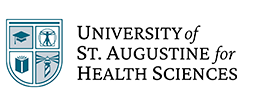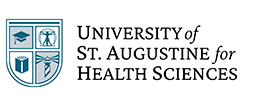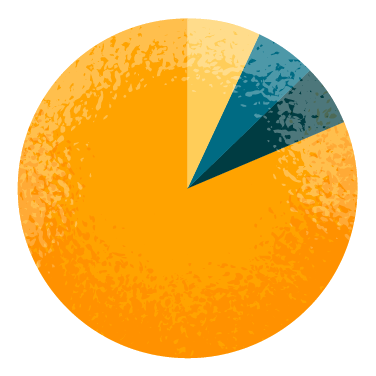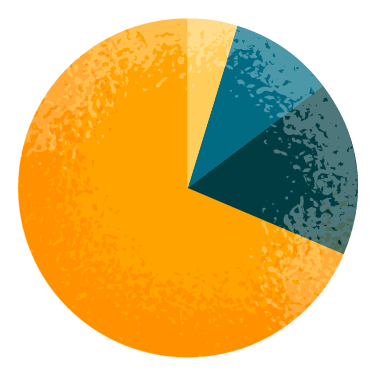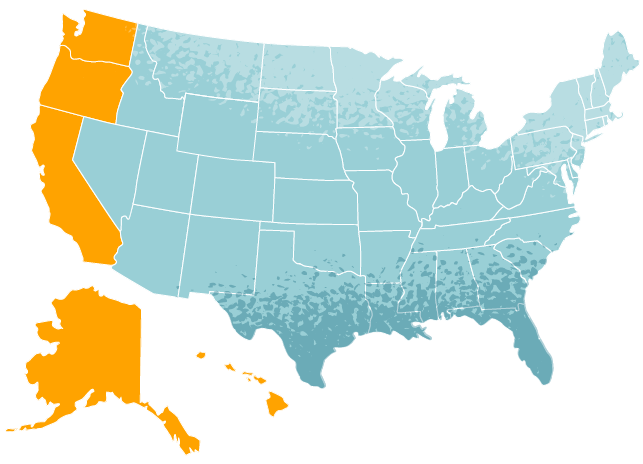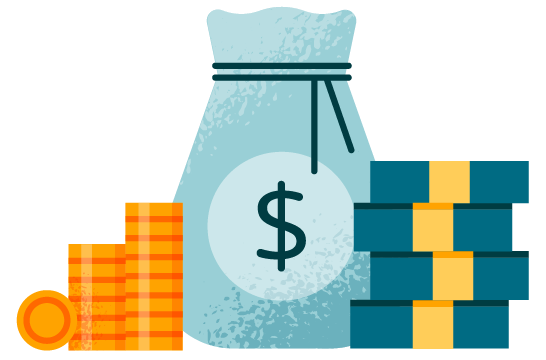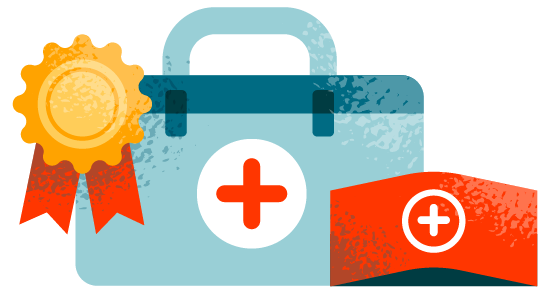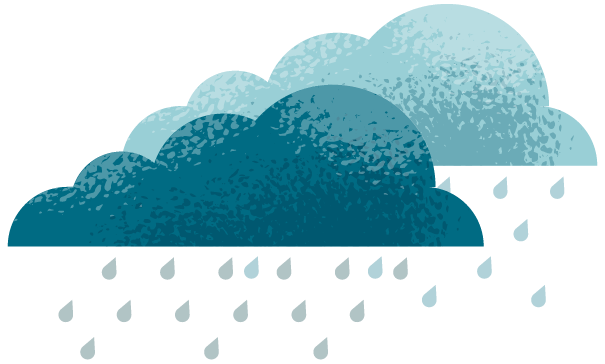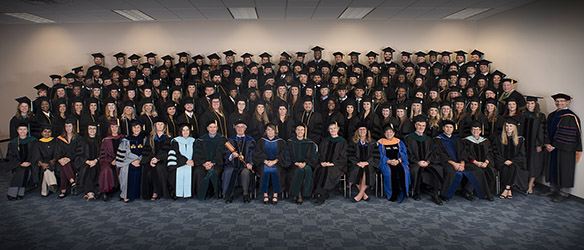
Nursing is a field full of opportunity, with impressive projected job growth combined with a need for skilled professionals to address an ongoing staffing shortage. From registered nurses (RNs) to licensed practical or vocational nurses (LPNs/LVNs), and from nurse practitioners (NPs) to nurse anesthetists, nurses are the backbone of the healthcare industry. We’ve gathered 60 statistics that reveal surprising truths about the demographics of nurses, job satisfaction, average salaries, the nursing shortage, COVID’s impact on the profession, and nursing education. These key nursing stats and trends—detailed in eye-catching infographics—reveal the realities of American nursing in 2021.
Section 2 Nursing Satisfaction Statistics
Section 3 Nursing Salary Statistics
Section 4 Nursing Shortage Statistics
Section 5 Nursing Injury Statistics
Section 6 Nurses and COVID-19 Statistics
Section 7 Current Trends in Nursing
Section 8 Statistics on Nursing Students
Section 9 Trends in Nursing Education
Nursing Demographics in 2021
Let’s start with a statistical look at the people who work in nursing, one of the country’s most populous professions.
-
There are almost 4.2 million RNs and 950,000 LPNs/LVNs in the United States.
-
Over 325,000 nurse practitioners (NPs) are licensed in the United States.
-
There are 4x as many nurses in the United States as there are physicians.
-
Nursing careers make up the largest portion of America’s healthcare professions.
-
The median age of a registered nurse is 52 years old.
-
The RN workforce is:
81% Caucasian7.2% Asian6% Black5.6% Hispanic -
9.4% of the RN and 8.1% of the LPN/LVN workforce are men.
-
The LPN/LVN workforce is:
69.5% Caucasian5% Asian17.2% Black10% Hispanic -
The number of male nurses has tripled over the past 50 years.
-
In the Pacific region of the U.S., 30.5% of nurses are people of color, the largest percentage in the country.
Nursing Satisfaction Statistics
Nursing is a well-respected profession that requires dedication, ethics, and compassion. Here, we examine how nurses feel about their profession, as well as how American society perceives nurses.
-
In Gallup polls, nurses have been identified as the most honest and ethical professionals for the past 19 years.
They won 89% of the vote in 2020. -
The job of nurse practitioner is ranked #3 on U.S. News & World Report’s 2021 Best Jobs list.
-
Between 93% and 98% of all nurses are happy they chose a career in nursing.
-
If they had to do it over again, 85% of nurses say they would still choose their current career.
-
17.5% of new nurses leave their first job within 1 year.
-
Registered nurse is ranked #14 and nurse anesthetist is ranked #15 on U.S. News & World Report’s 2021 Best Healthcare Jobs list.
Nursing Salary Statistics
Knowing the potential financial benefits and job opportunities available can be a powerful motivator for beginning a nursing career.
-
The median annual salary for registered nurses in 2020 was $75,330.
-
The median annual salary for LPN/LVN was $48,820 in 2020.
-
Advanced practice nurses (including NPs, nurse anesthetists, and nurse midwives) earned a median annual salary of $117,670 in 2020.
-
Registered nursing is one of the highest-paying large occupations.
-
There are over 3 million open nursing jobs in the United States, with a projected growth of 7% between 2019 and 2029.
-
60% of RNs work in hospitals, with 18% in ambulatory care, 7% in nursing and residential care facilities, 5% in government, and 3% in educational services.
-
Registered nursing is the 4th most in-demand profession in the American workforce today.
-
64.9% of currently employed RNs and 65.7% of LPNs/LVNs work in nursing full-time.
-
Arizona is ranked the best state for nurses based on its average annual salary, projected job growth and cost of living index.
Nursing Shortage Statistics
The current nursing shortage is a major factor in understanding the state of American healthcare.
-
1.1 million nurses are needed by 2022 to address the current nursing shortage.
-
More than 85% of California hospitals report that demand for RNs is greater than supply.
-
The nursing shortage is due in part to the rapid 73% increase of the 65+ population, which grew from 41 million in 2011 to 71 million in 2019.
-
Retiring nurses also means retiring nursing faculty, translating to fewer nurses being trained to fill in the gaps.
-
More than 1/5 of all nurses plan to retire within the next 5 years.
-
Nursing shortages can lead to errors, higher morbidity, and higher mortality rates.
Nursing Injuries Statistics
Nurses spend many hours on their feet and are exposed to potentially harmful health risks, which can lead to injuries on the job.
-
In 2019, RNs experienced 20,150 incidences of nonfatal injuries or illnesses.
-
In 2016, 74% of RNs’ nonfatal workplace injuries and illnesses happened in hospitals.
-
Registered nurses experienced more workplace injuries than construction workers in 2019.
-
The most common occupational injury for RNs in 2016 was overexertion and bodily reaction, accounting for 45.6% of cases.
-
Of nurses’ workplace injuries in 2016, falls, slips, and trips represented 25%.
-
In 2016, 40.8% of the injuries and illnesses sustained by RNs were caused by patients.
Nurses and COVID-19 Statistics
The COVID-19 pandemic highlighted the country’s ongoing need for more nurses to meet the demands of a global health crisis.
-
In a recent survey, 41% of nurses reported experiencing high exposure to COVID-19.
-
A recent study showed that nurses suffered the highest death count among U.S. healthcare workers.
-
High numbers of nurses reported feelings of being overwhelmed (51%), anxious (48%), and irritable(48%) in the midst of the pandemic.
-
In an ANA survey during the pandemic, 3 out of 5 nurses reported difficulty sleeping.
-
Over 25% of the nurses who died from COVID-19 are Filipino American, even though only 4% of American nurses identify as Filipino.
-
In a survey by American Nurse Journal, 85% of nurses said they do not plan to change careers because of the COVID-19 pandemic.
-
Nurses were less likely to receive emotional support to deal with the stresses of COVID-19 than other healthcare workers.
-
The demand for skilled nurses during the pandemic revealed the need for more nursing faculty.
Current Trends in Nursing
The challenges and strain facing nurses from the pandemic has led to these growing trends in nursing in 2021.
-
Nurses’ salaries are on the rise. In a recent survey, 55% reported a pay raise in the previous 12 months.
-
The demand for travel nurses is rapidly increasing, with 91% of nurse staffing agencies reporting revenue growth year over year.
-
COVID-19 has led to an emergency allowance of cross-state medical practice through an enhanced Nurse Licensure Compact.
-
Telehealth is here to stay, with usage having stabilized at levels 38x higher than the pre-pandemic baseline.
Nursing Student Statistics
From certificate programs to advanced nursing degrees like a master of science in nursing (MSN), education is a critical step in every nursing career path.
-
65.2% of RNs have earned a Bachelor of Science in Nursing (BSN) degree, while 1.4% have earned a Doctor of Nursing Practice (DNP) degree.
-
Within 4 to 6 months of completing their programs, 94% of BSN graduates and 92% of MSN graduates have secured job offers.
-
76% of new BSN grads and 74% of entry-level MSN graduates had a job offer upon graduation.
-
A BSN is now required for new hires by 41% of healthcare employers, and strongly preferred by 82% of employers.
-
Nurse educators are predominantly women, with a ratio of: 93% Female 7% Male
-
In 2020, more than 36,000 people graduated from nurse practitioner programs.
-
Black nurses outpace white nurses in securing advanced nursing degrees, 14.6% to 13.4%.
-
Only 16.6% of full-time nursing faculty are people of color. Black 9% Hispanic 3.4% Asian 2.9% Native American .4% Multiracial .8%
Trends in Nursing Education
As the landscape of education adjusted to increased remote learning in 2020-2021, nursing students will encounter some new and ongoing trends.
-
Expect the online education opportunities to continue post-pandemic, as reports show that a blend of in-person and distance learning can be pedagogically beneficial to nursing students.
-
Advanced nursing degrees will attract more new students, based on recent enrollment increases in master’s and doctoral programs.
-
More clinical sites are needed at nursing educational institutions. More than 80,000 qualified applicants were turned away from schools of nursing due to a shortage of sites and other resources in 2020.
-
The search for more nursing faculty continues. 82% of schools surveyed said they are seeking to hire new faculty.
The nursing industry is a foundational aspect of healthcare in America. With the heightened need for nurses at every level, as well as nurse educators, the time is right to explore the opportunities that a career in nursing offers.
The University of St. Augustine for Health Sciences (USAHS) offers a Master of Science in Nursing (MSN) program, a Doctor of Nursing Practice (DNP) program, and Post-Graduate Nursing Certificates designed for working nurses. Our nursing degrees are offered online, with optional on-campus immersions.* (currently postponed due to COVID-19). Role specialties include Family Nurse Practitioner (FNP), Nurse Educator,** and Nurse Executive. The MSN has several options to accelerate your time to degree completion. Earn your advanced nursing degree while keeping your work and life in balance.
*The FNP role specialty includes two required hands-on clinical intensives as part of the curriculum.
**The Nurse Educator role specialty is not available for the DNP program.

